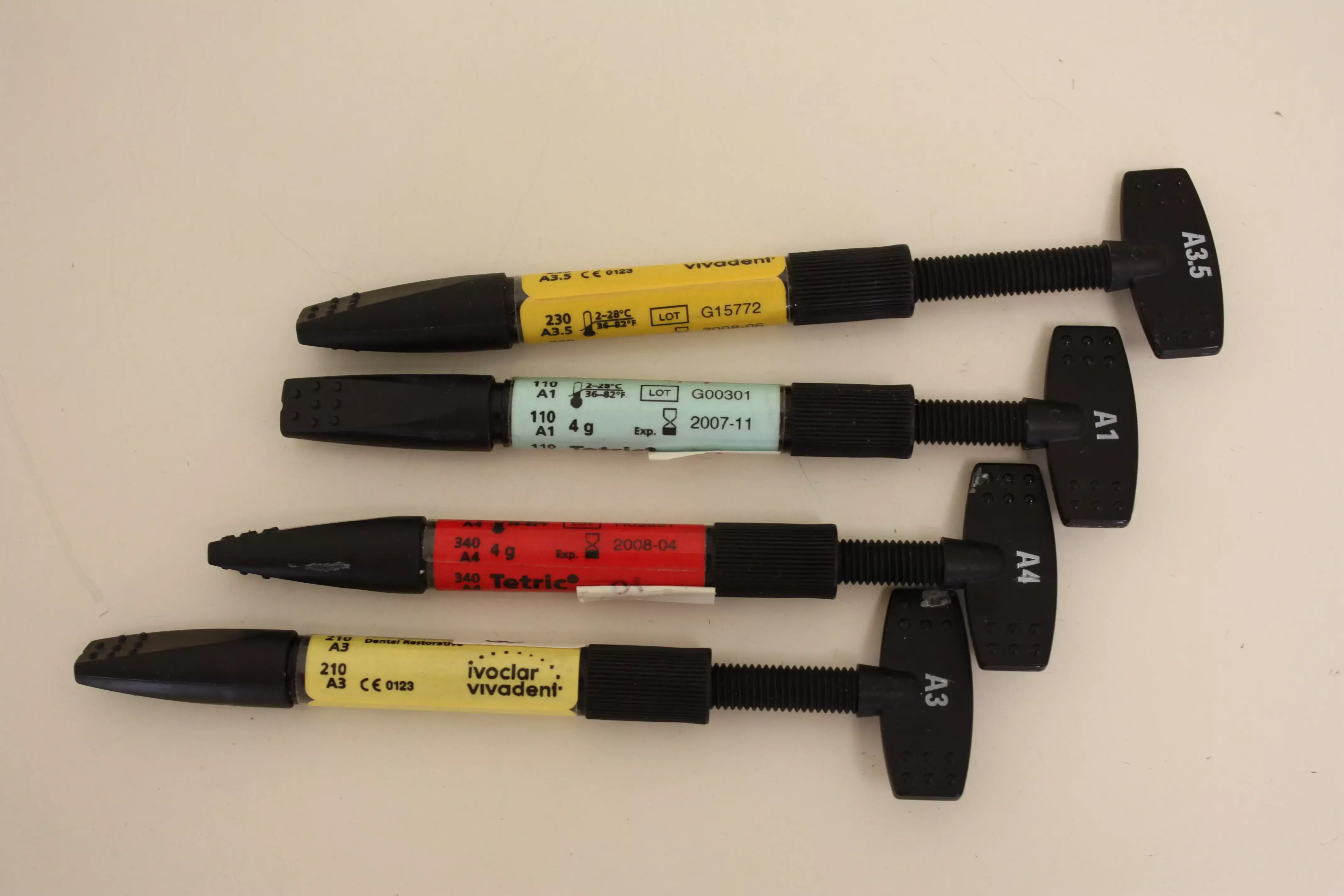- Home
- Medical news & Guidelines
- Anesthesiology
- Cardiology and CTVS
- Critical Care
- Dentistry
- Dermatology
- Diabetes and Endocrinology
- ENT
- Gastroenterology
- Medicine
- Nephrology
- Neurology
- Obstretics-Gynaecology
- Oncology
- Ophthalmology
- Orthopaedics
- Pediatrics-Neonatology
- Psychiatry
- Pulmonology
- Radiology
- Surgery
- Urology
- Laboratory Medicine
- Diet
- Nursing
- Paramedical
- Physiotherapy
- Health news
- Fact Check
- Bone Health Fact Check
- Brain Health Fact Check
- Cancer Related Fact Check
- Child Care Fact Check
- Dental and oral health fact check
- Diabetes and metabolic health fact check
- Diet and Nutrition Fact Check
- Eye and ENT Care Fact Check
- Fitness fact check
- Gut health fact check
- Heart health fact check
- Kidney health fact check
- Medical education fact check
- Men's health fact check
- Respiratory fact check
- Skin and hair care fact check
- Vaccine and Immunization fact check
- Women's health fact check
- AYUSH
- State News
- Andaman and Nicobar Islands
- Andhra Pradesh
- Arunachal Pradesh
- Assam
- Bihar
- Chandigarh
- Chattisgarh
- Dadra and Nagar Haveli
- Daman and Diu
- Delhi
- Goa
- Gujarat
- Haryana
- Himachal Pradesh
- Jammu & Kashmir
- Jharkhand
- Karnataka
- Kerala
- Ladakh
- Lakshadweep
- Madhya Pradesh
- Maharashtra
- Manipur
- Meghalaya
- Mizoram
- Nagaland
- Odisha
- Puducherry
- Punjab
- Rajasthan
- Sikkim
- Tamil Nadu
- Telangana
- Tripura
- Uttar Pradesh
- Uttrakhand
- West Bengal
- Medical Education
- Industry
Effect of vibration during bulk and incremental filling on adaptation of a bulk-fill composite resin

The findings of a recent study published in the scientific studies showed void formation varied depending on cavity area, layer thickness, and vibration application.
Composite resins are the most widely used direct restorative dental materials because of their aesthetics and ability to adhere to teeth with proper bonding materials. However, composite resins inevitably shrink by 2–4% during polymerization, which can cause stress-induced debonding at the tooth-restoration interface when shrinkage stress exceeds bond strength. Incremental filling, in which each layer of a 2-mm-thick composite is light-cured, is recommended to minimize potentially detrimental polymerization shrinkage stress
The groups were further divided based on the application of vibration during restoration (no vibration vs. vibration). In addition to the surface void area at the cavity floor, the overall void volume and the void volumes of the bottom, middle, and top thirds were obtained for micro-computed tomography analysis. The frequency and amplitude of the COMO were approximately 149 Hz and between 26 and 51 µm, respectively. When vibration was not applied, the incremental filling had a lower void volume in the bottom third of the cavity than did bulk filling (p < 0.05). Vibration applied with a 4-mm-thick bulk fill had no significant effect on the adaptation of composite resin (p > 0.05). In contrast, vibration reduced the amount of void formation in the bottom third of the cavity during incremental filling (p < 0.05).
Application of vibration to resin with a 2-mm incremental-layering technique formed a smaller void at the interface between the cavity and resin and within the bulk-fill composite resin.
Reference:
Kim, YS., Baek, SH. & Kim, R.J.Y. Effect of vibration during bulk and incremental filling on an adaptation of a bulk-fill composite resin. Sci Rep 12, 21652 (2022).
https://doi.org/10.1038/s41598-022-26197-9
Dr. Shravani Dali has completed her BDS from Pravara institute of medical sciences, loni. Following which she extensively worked in the healthcare sector for 2+ years. She has been actively involved in writing blogs in field of health and wellness. Currently she is pursuing her Masters of public health-health administration from Tata institute of social sciences. She can be contacted at editorial@medicaldialogues.in.
Dr Kamal Kant Kohli-MBBS, DTCD- a chest specialist with more than 30 years of practice and a flair for writing clinical articles, Dr Kamal Kant Kohli joined Medical Dialogues as a Chief Editor of Medical News. Besides writing articles, as an editor, he proofreads and verifies all the medical content published on Medical Dialogues including those coming from journals, studies,medical conferences,guidelines etc. Email: drkohli@medicaldialogues.in. Contact no. 011-43720751


